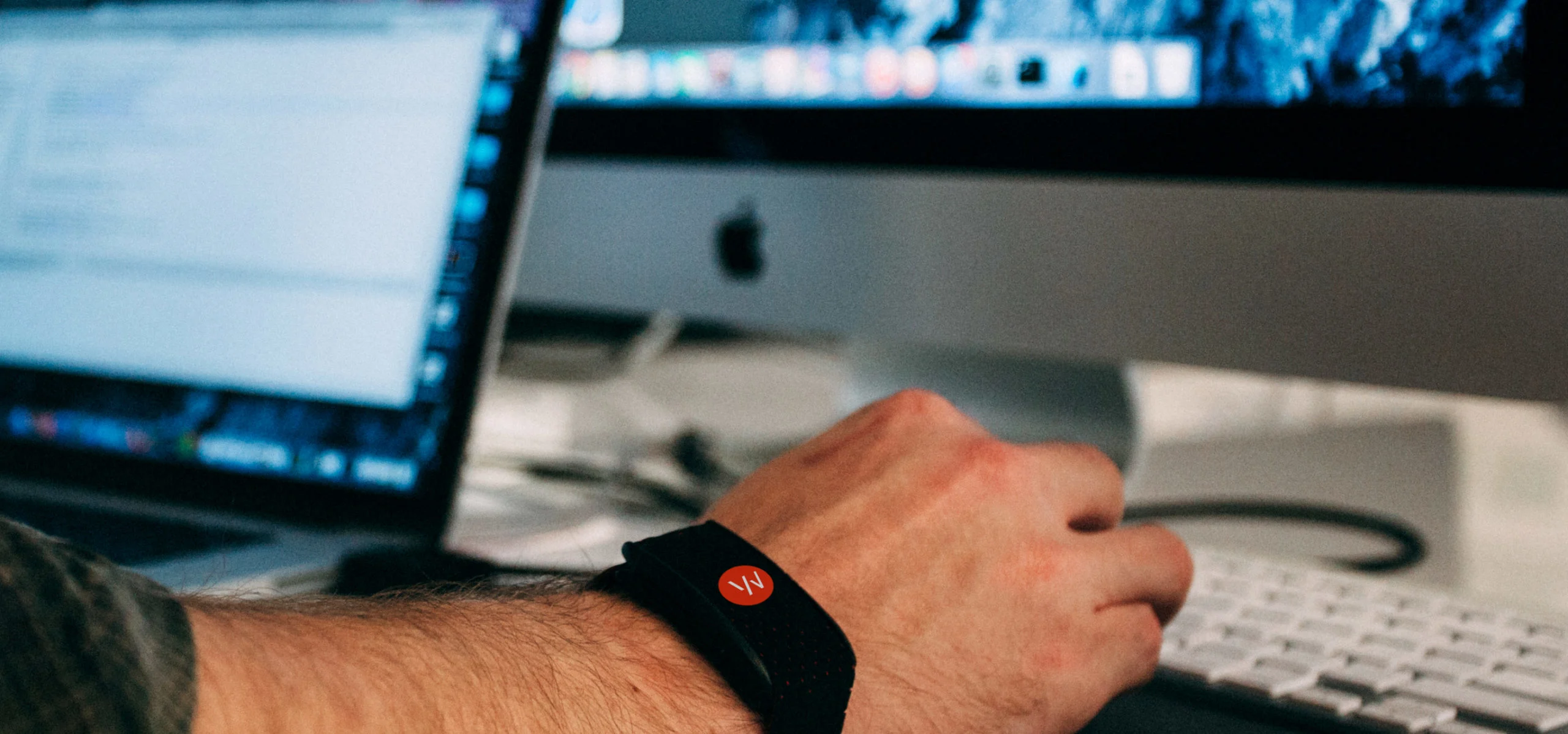Topics
- Article
The Value of Wearables at Work--Who Sees the Data?

Corporate wellness programs are nothing new. Ideally, they are a win-win scenario for all parties involved. Healthy people live better lives, and healthy workers make for better employees. According to a 2015 survey from Fidelity and the National Business Group on Health, employers spent an average of $693 per worker on wellness-based incentives, up from $594 the year before.
As these programs continue to grow both in scope and popularity, a hot-button topic is whether or not the use of wearable technology, specifically fitness trackers, should be included. From Adi Gaskell of Forbes.com:
“Of course, there is a possibility that wellness programs can creep into the creepy territory. For instance, it’s increasingly likely that when we work out in our own time, we use a wearable device to track our performance. Which is great for us, but how keen would you be if your boss had access to that data?”
In an article for Backchannel.com, author Cathy O’Neil takes an even more suspicious view:
“My fear goes a step further. Once companies amass troves of data on employees’ health, what will stop them from developing health scores and wielding them to sift through job candidates? … As we’ve seen, they routinely reject applicants on the basis of credit scores and personality tests. Health scores represent a natural — and frightening — next step.”
However, an AXA PPP Health Tech & You online survey suggests the majority of people may not share O’Neil’s concerns. According to a January 11 press release, results indicated that “57% of the British workforce would be open to wearing a company paid-for fitness band or similar device during working hours to help monitor their health and well being, as long as this was supplied to them free of charge by their employer.”
Of those who said they would be willing to wear a work-sponsored fitness tracker, 58% also stated that they’d be fine with sharing their data with their employer if it was beneficial to the program.
Last year, the Wall Street Journal spoke with Dr. Chris Brauer, director of innovation and senior lecturer at Goldsmiths, University of London. Here are his thoughts on the subject:
“It’s about a social contract between employer and employee. It’s in nobody’s interest to have overworked, stressed and anxious employees who often aren’t even aware of their own condition. Making things visible is a good thing if there is a culture of trust and accountability.”
Brauer also believes wearables can serve a similar purpose in the workplace as they do in sports. Via Warable.com, he said: “We understand the importance of the concept of ‘sport science’ in optimizing athletic performance through technology and analytics. Wearable technologies will provide a rejuvenated form of ‘management science’, optimizing workplace productivities and performance through everyday integration of these devices and sensors into the workplace.”
At WHOOP, every employee is given a WHOOP Strap on their first day. It’s not mandatory that we wear them and there’s no specific incentive for doing so, but for the most part, everybody does. Granted, it’s an atypical example–we’re highly motivated since it’s the company we’re working for. Regardless, the “culture of trust” that Brauer refers to exists here. Everyone’s data is on file and any number of people have access to it. To this point, it’s been a non-issue.
From a recent story by Alison DeNisco of TechRepublic.com:
“Federal contractor VectorCSP has no formal wearables wellness program, but is still seeing benefits from allowing them in the workplace, according to director of IT services David Wilson. ‘We have been encouraging the wearing of step trackers and fitness monitors,’ Wilson said. ‘It is something that seems to give employees a kind of bond that was not there.’”
This is something that happens at WHOOP as well. Employees who may not interact under normal circumstances come together for conversations about workout tracking, sleep patterns and Recovery, among other things.
On a larger scale, the privacy concerns will always be a dilemma. Just as pro athletes aim to protect ownership of their wearable data, workers will wonder if theirs can be used against them. Employers might be better served by not even asking for the data in the first place. Since I started wearing WHOOP, I’m much more aware of how much sleep I need and I make a concerted effort to get it. There’s no doubt that I’m a better worker because of this, whether anyone else looks at my data or not.
Learn more about how WHOOP Unite can elevate well-being for all teams and people.